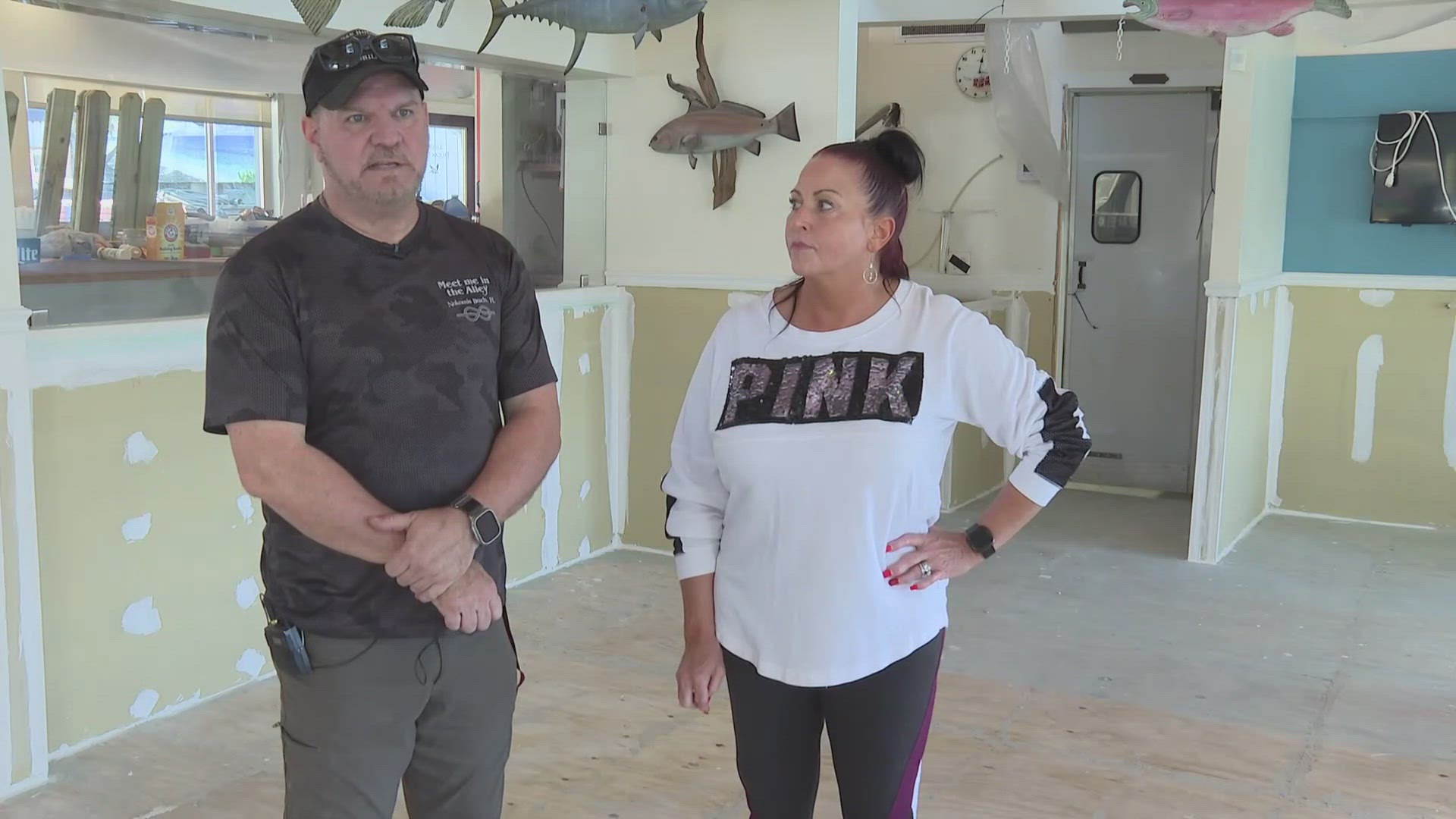The kids may not be alright, at least when it comes to one traditional mark of growing up: moving out of their childhood homes.
More young adults are now living with their parents than with a spouse or partner, marking a tipping point for the first time in modern history, according to a new study from the Pew Research Center. About 32.1 percent of Americans between 18 to 34 years old lived in their parents' homes in 2014, edging out the 31.6 percent who were married or living with a partner in their own household, the analysis of Census data found. The remaining 36 percent either live alone, are single parents, or live in dorms or with other relatives.
The trend appears to be tied to a few factors, including what Pew calls a "postponement of, if not retreat from, marriage." While changing society norms may be part of the cause, it's likely also tied to economic and labor market trends that have walloped a few demographic groups, such as men, people without college degrees, and people of color. Some might start families and form their own households later in life, but it's clear that for many young Americans, their priorities have shifted, either from choice or necessity.
"Young adults today are having a different transition into adulthood than previous generations," said Richard Fry, a senior researcher at Pew. "In previous generations, setting up new families was a basic thing young adults were doing. Even in the 1980s, half of them were married. Today's young adults are moving away from that."
While the recession and weak recovery may have fed into the trend, forcing some young Americans to live at home if they had trouble finding a job, the shift started long before the most recent economic downturn, Fry said.
The share of young men and women living with a spouse or partner has been falling since the 1960s, the research found. About 56 percent of young men and 68 percent of young women lived with a partner or spouse in 1960, while only about one out of five still lived with their parents.
But after 1960, the share of young Americans living in their own homes with a spouse or partner started to dwindle. At the same time, the labor market was transforming, becoming less rewarding for men and especially men without college degrees. The labor force participation rate for men of all ages slipped from about 83 percent in 1960 to slightly more than 69 percent now.
Wages for men have also stagnated over the past few decades. On an inflation-adjusted basis, men earned median annual wages of $52,421 in 1973, which had declined to slightly more than $50,000 in 2013. Women's wages and labor force participation, on the other hand, have largely increased during the same period.
"The labor market hasn't been kind to young men," Fry said. "Increasingly they are unable to afford to live independently. It also explains why many fewer of them are married or cohabiting. They are probably less desirable as partners given their sinking fortunes."
Less educated young Americans and people of color are more likely to be living at home than their white and college-educated cohort, the research found.
The share of young black and Hispanic Americans living with their parents hit a record high 36 percent. About 30 percent of white young adults are living with their parents, by contrast.
About 36 percent of young adults without college degrees are living at home with their parents, while only 27 percent are married or cohabiting. Among college-educated young adults, the picture is sharply different, with 46 percent living in their own homes with a partner or spouse and only 19 percent still at home with their folks.
"Generally college-educated adults are doing better in the labor market," Fry said. "They can afford to live independently of their parents, and they are increasingly desirable marriage partners."
The rise in young Americans living at home has implications for the economy, Fry added.
"This is why the housing market hasn't been particularly robust since the recovery," he said. "They aren't forming households. When you form a new household, there's a lot of spending that goes into it. It's not just the rent; there's the furniture, the cable company subscription, the mops and buckets."
© 2016 CBS Interactive Inc.. All Rights Reserved.


